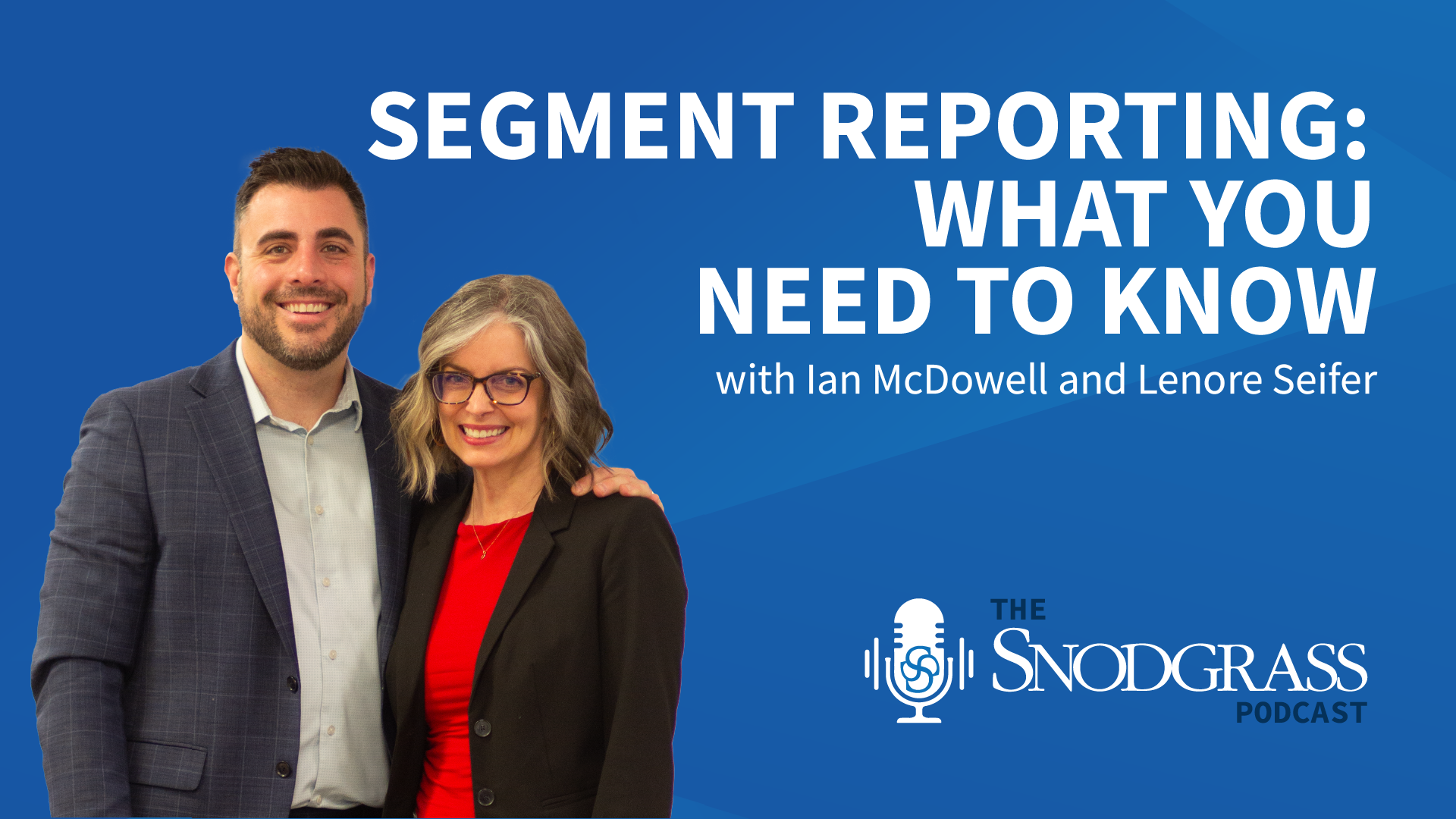There are so many lending regulation changes coming that it can make your head spin. Regulation Z and The Mortgage Disclosure Improvement Act (MDIA) changes are effective July 30, 2009; Higher-Priced Mortgage Loan restrictions will be effective October 1, 2009; and the Real Estate Settlement Procedures Act (RESPA) Good Faith Estimate (GFE) and Housing Urban Development (HUD)-1 changes are coming in January 2010. Key issues to be looked at now include changes to your lending processes and ensuring the accuracy and timeliness of your new disclosures.
When to provide disclosures
There is a new seven-business-day waiting period after providing an early Truth-in-Lending (TIL) before a closed-end, dwelling-secured loan may be consummated. You should inform your borrowers when they apply of the earliest possible settlement date.
Providing early TIL and GFE disclosures at time of application has several advantages. It starts the clock, meaning faster settlement. Also, you cannot collect any fees, other than a credit report fee, until you have given the disclosures to the applicant. If given at time of application, you can collect your appraisal, application and rate lock fees and begin processing. If you mail these disclosures, you cannot collect any of these fees until three business days after you mail them.
Avoiding errors which can cause re-disclosure, settlement delays, and reimbursable fees
Accuracy of disclosures is critical to avoiding delays and potentially reimbursable fees. If an inaccurate early TIL is given, a corrected TIL can be provided to the borrower, but you cannot consummate the loan until three business days after the borrower receives the corrected disclosures. There are, however, no provisions for correcting an inaccurate GFE. With few exceptions or tolerance, the fees itemized on the GFE are binding to the lender if accepted within ten business days.
The early TIL has been standard for 30 years on a purchase money mortgage, so it should not be difficult to begin providing it now for all closed-end mortgages secured by the consumer’s residence, including second homes and home equity loans.
Ensuring the accuracy of the GFE presents various challenges.
- All of the fees your bank currently charges (e.g., application, document preparation, underwriting, origination fees, etc.) will now be added together and included as one fee on the GFE as “Our Origination Charge.” This fee needs to be accurate and, along with the transfer tax, has no tolerance for error.
- For government recording fees and settlement services provided by entities that the bank selects, requires or identifies (i.e., appraiser, attorneys, title companies, credit, flood certification), the bank must determine the charges in advance. The total of the fees for these providers needs to be accurate, with a 10 percent tolerance allowed. Where costs from some of your providers may vary, you should include the highest fee, or slightly overestimate the fee disclosed on your GFE. Make sure to ask providers to notify you 60-90 days before any fee increases.
- There is an unlimited tolerance where the borrower selects a settlement service provider that was not identified by the lender.
You should have a quality control review of each GFE and early TIL as soon as possible by someone with a good working knowledge of the regulations. If there are any material errors on the TIL, a new three-business-day waiting period starts after sending a corrected disclosure.
Higher-priced or higher-cost loan requirements
Check your rates and fees to see if either exceed the rate/fee triggers for Higher-Priced or Higher-Cost Mortgage Loans detailed in Sections 35 and 32 of Regulation Z. If the Section 35 triggers are exceeded, you’ll need to verify income, debts, and assets. If a first lien, you’ll also need to escrow for taxes and insurance. The alternative is to reduce your interest rate or fees on the loan to stay below the rate trigger, thus avoiding the extra requirements.
Schedule a final compliance review before closing documents are sent. A good practice is to have the settlement agent fax you the completed HUD-1 the day before settlement for your review. Remember, settlement agents and attorneys will also be coping with the many HUD-1 changes, and you are in a good position to help them get it right.



